This website uses cookies so that we can provide you with the best user experience possible. Cookie information is stored in your browser and performs functions such as recognising you when you return to our website and helping our team to understand which sections of the website you find most interesting and useful.
- Large household appliances
- Cooling devices
- Display devices
- Small household appliances
- Fluorescent lights
- Batteries and accumulators
- Packaging
Large household appliances
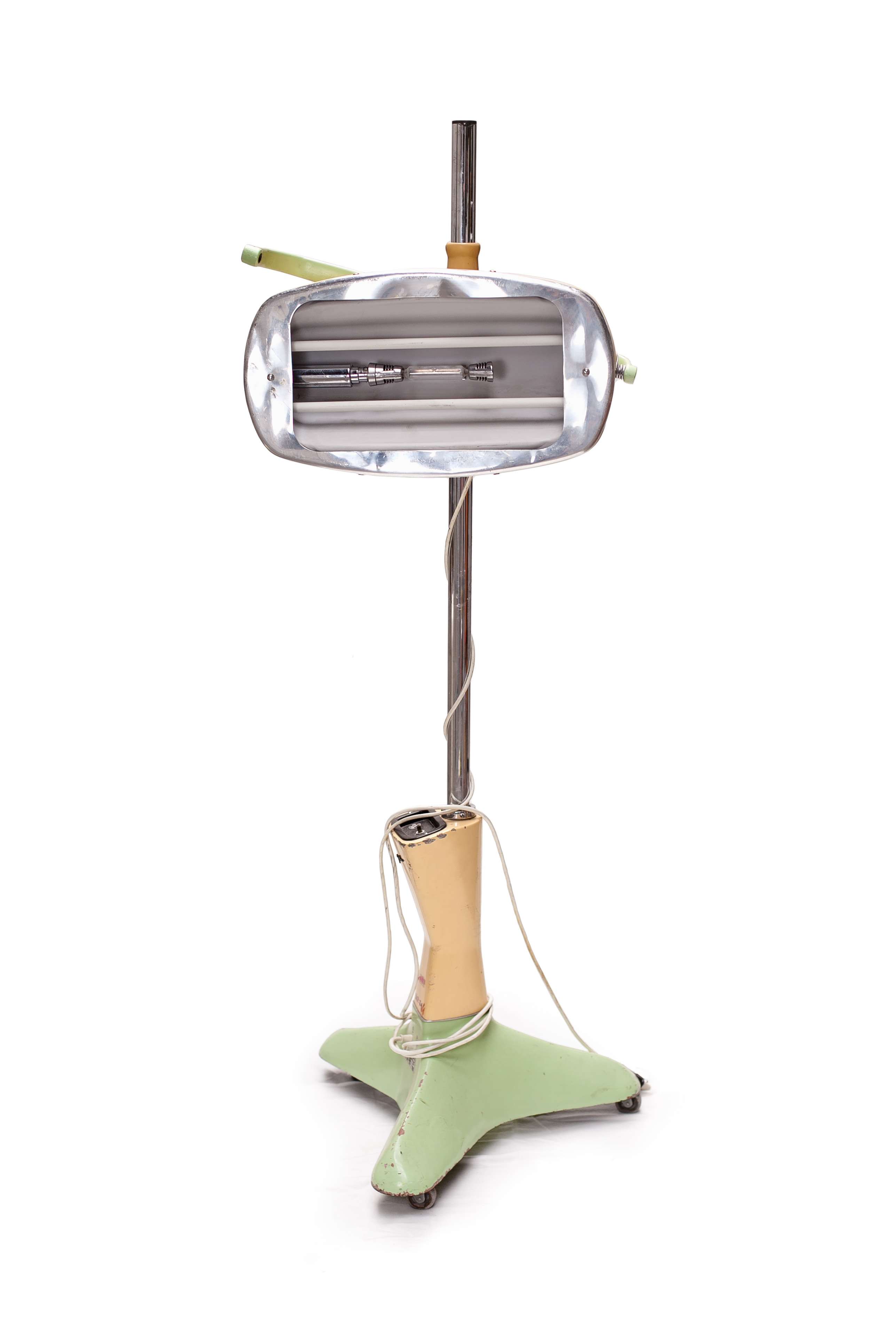
This category includes appliances such as washing machines, cookers, washers and dryers.
The first stage of recycling is decontamination: cables and other electrical components are removed. Ballasts, plastics, compounds of iron and other metals are separated and separated from each other. These materials are then sent for further processing and use.
Recycling process
Recovered materials
Cooling devices

This group of products includes refrigerators, freezers and all appliances containing cooling devices such as water coolers.
Some appliances also contain refrigerants of gases classified as substances that deplete the ozone layer (freons), such as chlorofluorocarbons (CFCs), partially fluorocarbons (HFCs) and hydrochlorofluorocarbons (HCFCs), which are already banned.
These gases are captured and processed in specialized recycling facilities. Processing of refrigeration equipment includes a number of processes: decontamination of compressors and processing of insulating foam to obtain oils (compressors) and freons (compressors and insulating foam). Separated metals and plastics from the crushing process are reused for new products. Oil and freons are disposed of in a specialized treatment process.
Recycling process
Recovered materials
Display devices

We return the unused part of the recycling fees back to the client after the end of the year in accordance with § 28 par. 4 letters m) of Act no. 79/2015 on waste.
Cathode Tubes (CRTs) contain hazardous phosphor powder, leaded glass, copper and other precious metals. These materials can be reused to make new products. Glass from the panel and cathode ray tube is also recovered. The coating is removed from the glass and the glass is cleaned for further use.
Most LCD TVs use mercury lamps to illuminate the screen. Due to the removal of the lamps, the device must be dismantled before processing the LCD screen. Current research is looking for more efficient, automated solutions to this process.
Recycling process
Recovered materials
Small household appliances
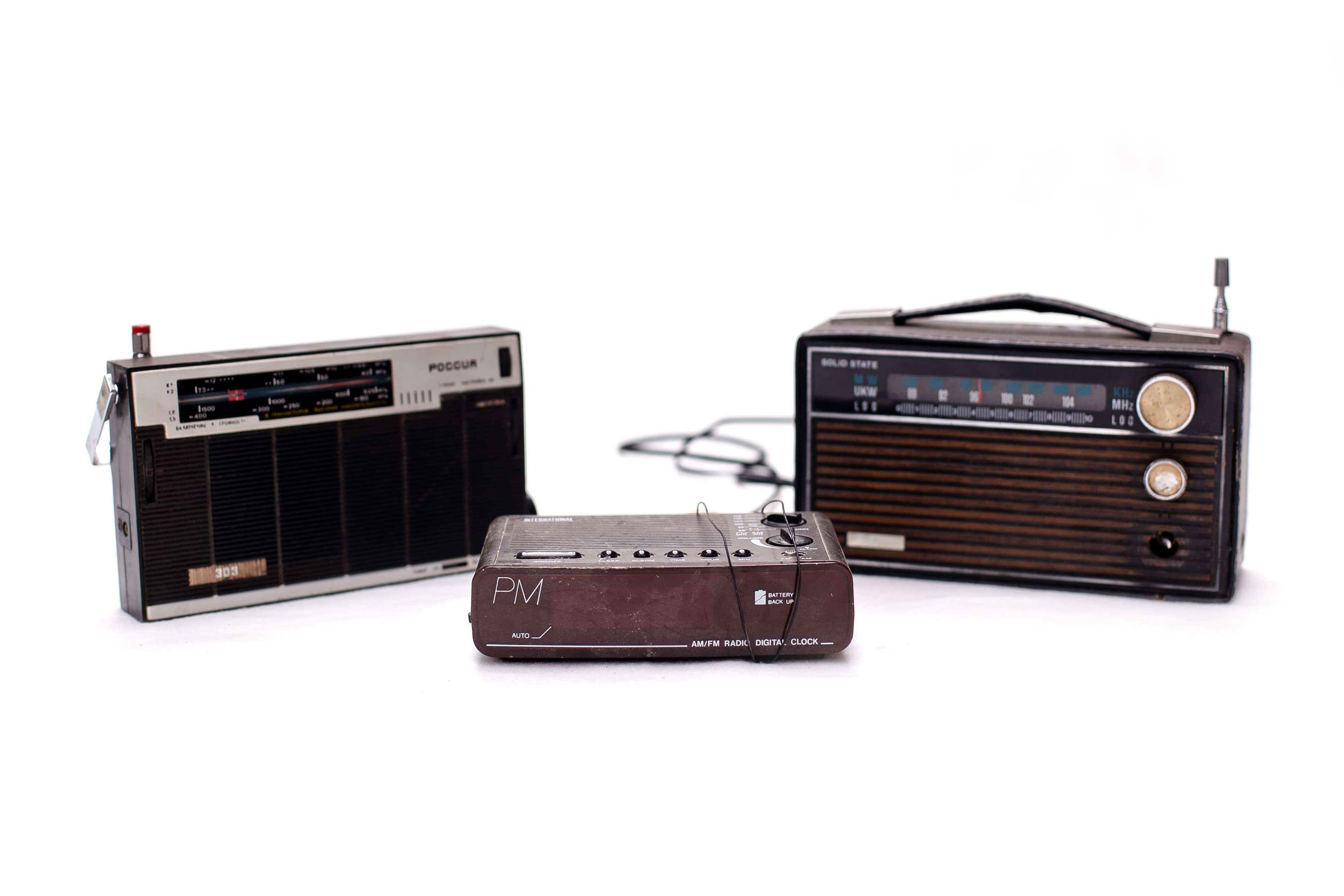
This is the most complex e-waste stream in terms of the wide range of materials that can be recovered: wood, metal, plastic, glass and cardboard.
This category includes: cleaning equipment (e.g. vacuum cleaners, carpet cleaning machines, etc.), sewing, weaving, ironing, equipment used in the kitchen (e.g. toasters, deep fryers, grinders, coffee makers, electric knives), appliances for the care of body (e.g. for cutting hair, drying hair, brushing teeth, shaving, etc.), information technology (e.g. computers, printers, mice, keyboards), consumer electronics (e.g. CD, DVD, MP3 players, cameras, camcorders, headphones , speakers, electric musical instruments), electric tools (e.g. drills, saws), electric toys (e.g. trains, car tracks, etc.) and others.
These appliances are ground and plastics are separated from metals. Initial de-contamination includes removal of ink toners, cartridges, batteries and cables.
Recycling process
Recovered materials
Fluorescent lights
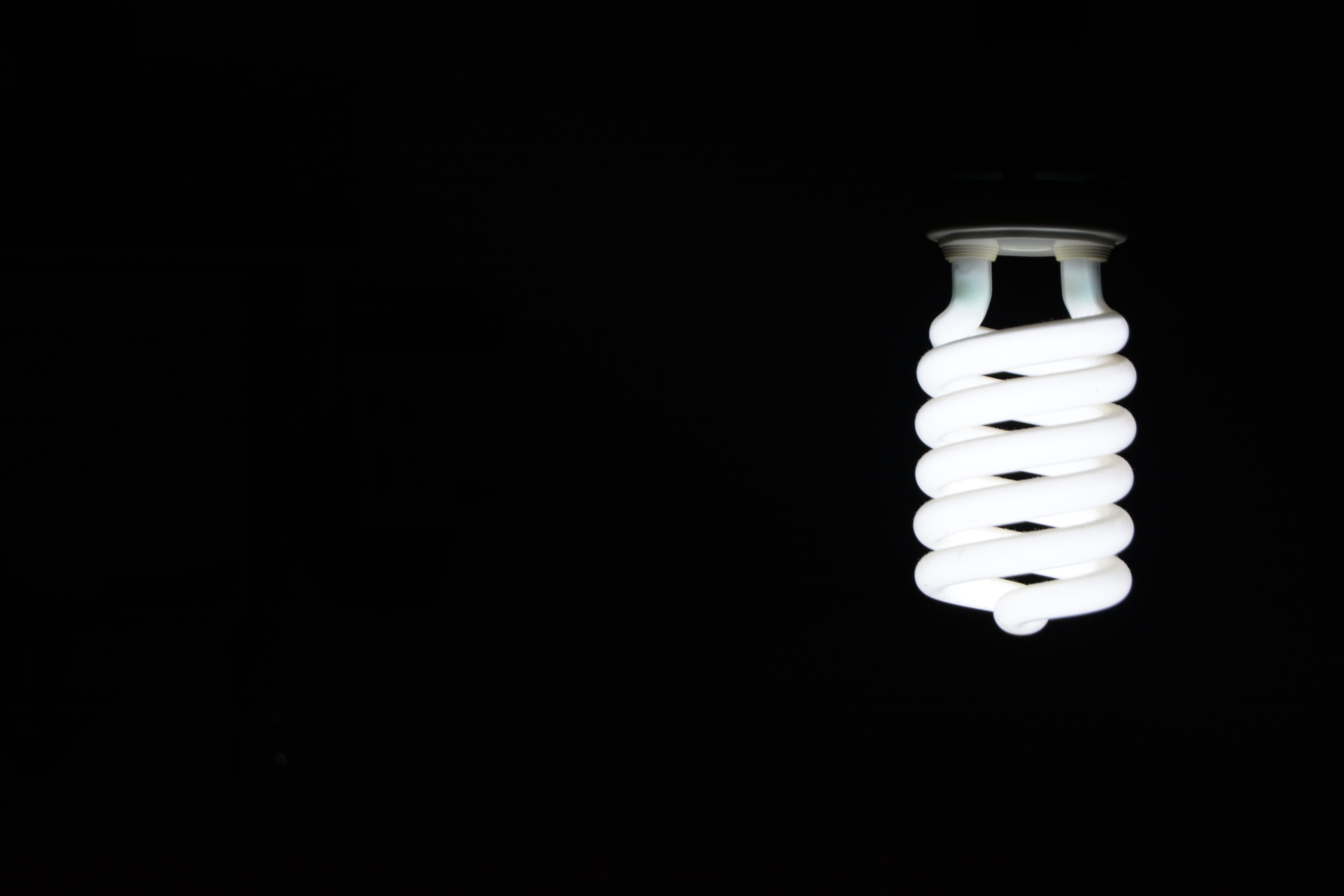
This category includes linear and compact fluorescent lamps, discharge lamps and LED light sources.
Original bulbs and halogen lights are not classified as WEEE.
The lamps are crushed and washed or processed in pressure vessels. Specialized machines are used to remove dangerous mercury and phosphorus. The remaining material is then sorted between glass, metals and plastics.
Recovered phosphor powder and mercury can be reused to make new fluorescent lamps. Crushed glass can be used for furnace linings or, if it is clean enough, to make new fluorescent lamps. Aluminum end caps are melted down and other metals are recycled.
Recycling process
Recovered materials
Batteries and accumulators
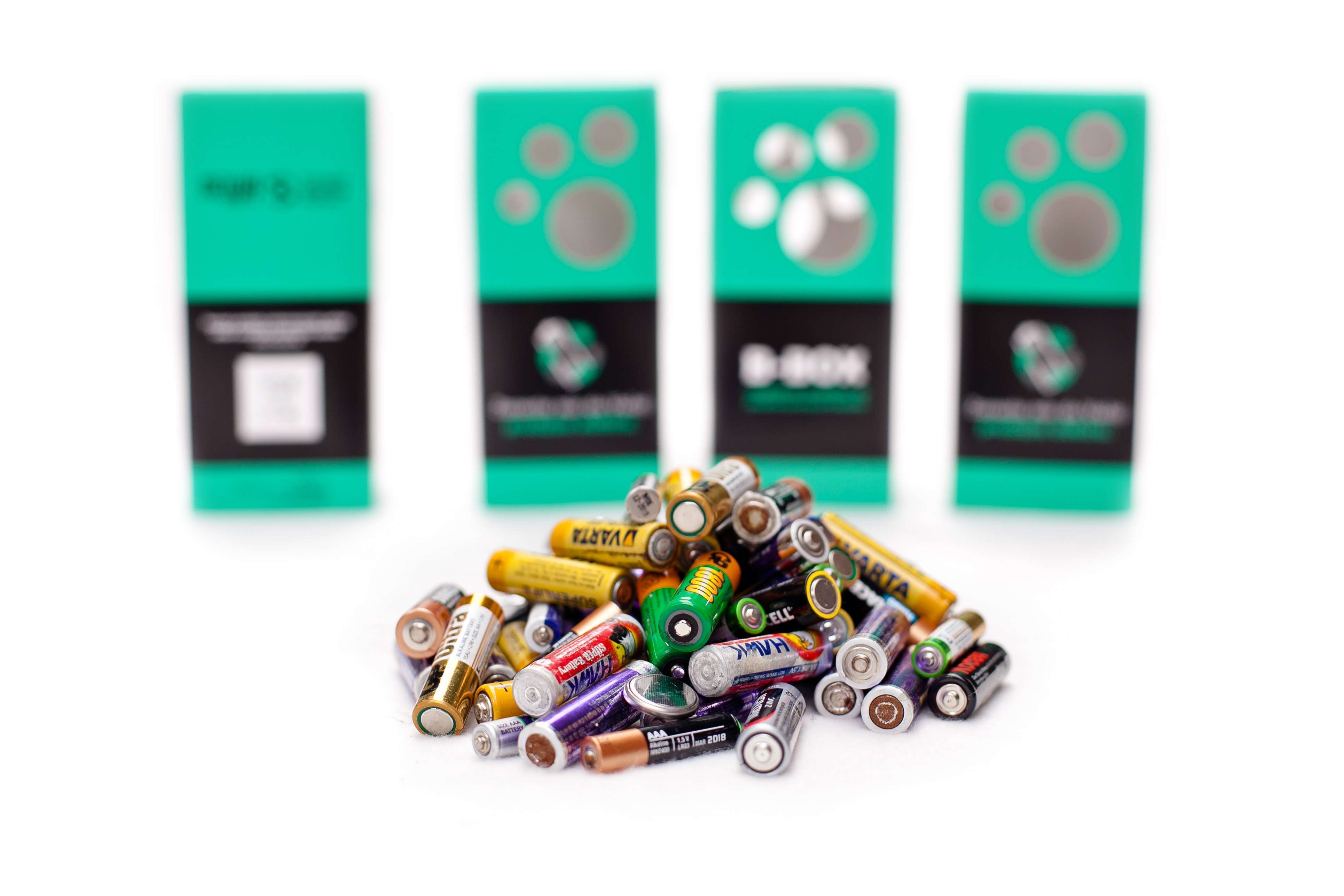
Batteries and accumulators are sources of electrical energy produced by direct conversion of chemical energy.
They consist of one or more primary cells (non-rechargeable B&A) or one or more secondary cells (rechargeable B&A).
Most types of batteries contain toxic heavy metals such as nickel, cadmium and mercury. All these metals can be recovered and reused.
Battery recycling is good for the environment because it prevents landfilling, where heavy metals can leach into the soil, causing water and soil pollution and endangering animal and plant life. If batteries are burned together with household waste, the heavy metals they contain cause air pollution.
Recycling process
Recovered materials
Packaging
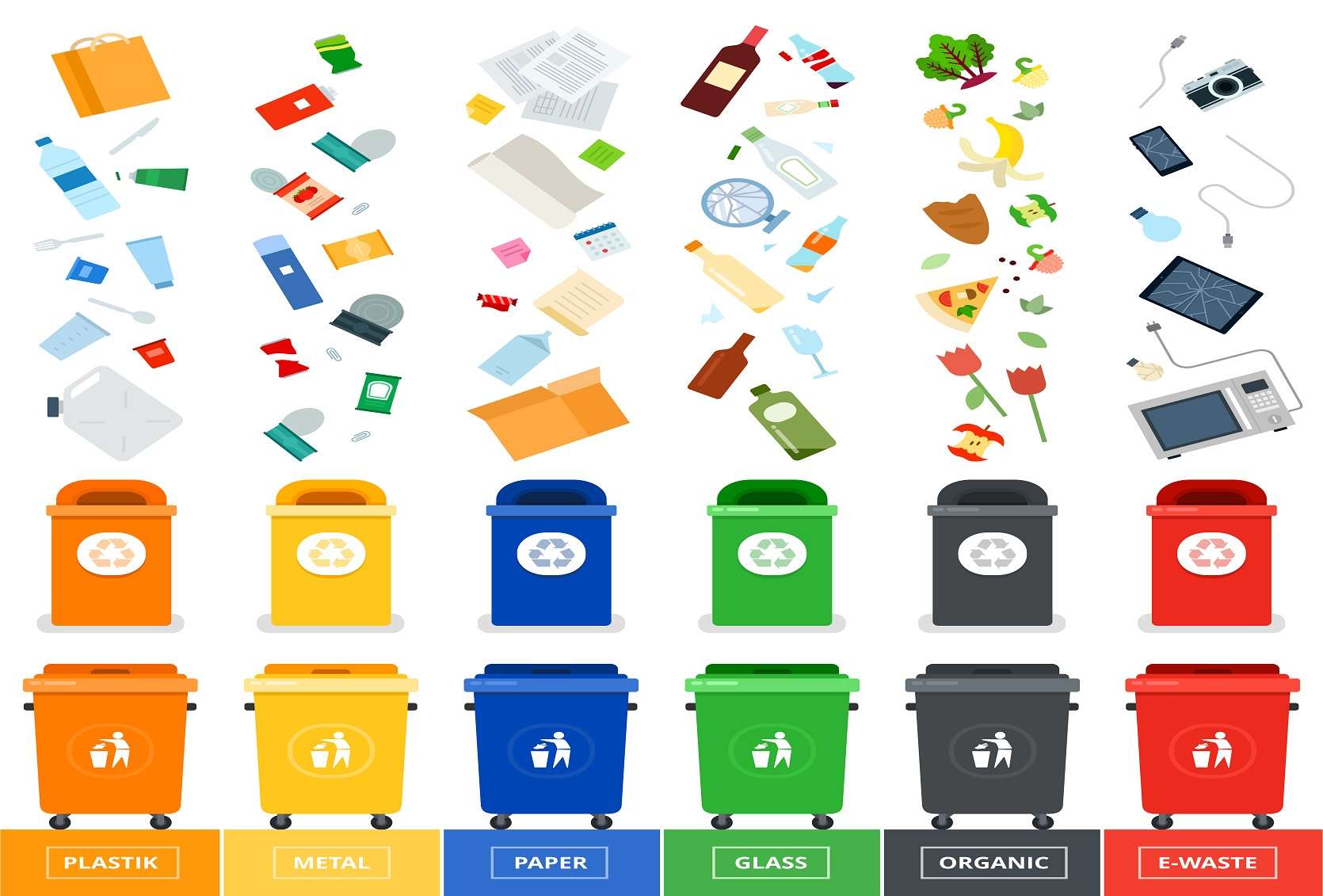
This category includes paper, cardboard, plastics, polystyrene, steel, aluminum, glass and wood.
Many of these materials can be recycled into new products. Recycling packaging reduces the amount of waste sent to landfill and saves natural resources.